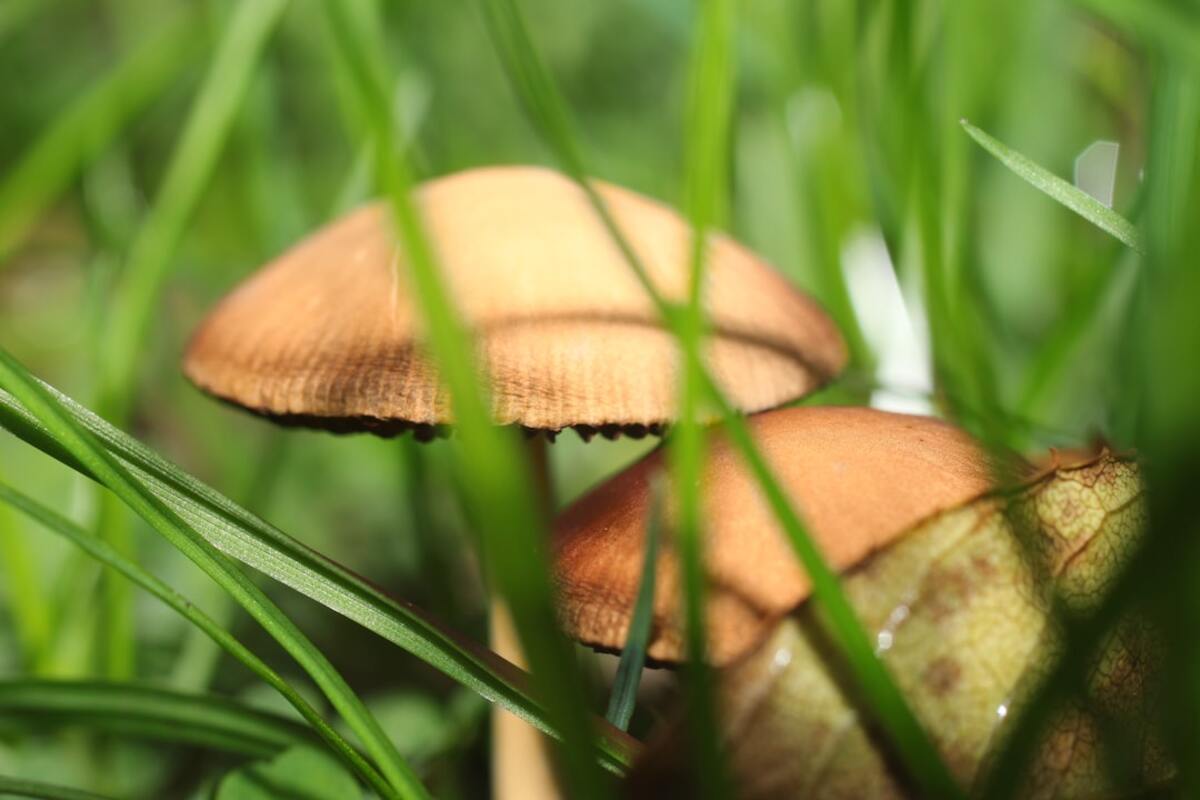The Silent Revolution: Sustainable Mushroom Packaging
Discover how mushrooms are transforming the packaging industry with innovative, eco-friendly solutions that challenge traditional materials.

- Mushroom-based packaging is biodegradable and reduces plastic waste.
- It utilizes agricultural waste, promoting a circular economy.
- The industry is gaining traction, offering a viable alternative to Styrofoam.
Introduction to Mushroom Packaging
In the quest for sustainability, industries are continually seeking innovative materials that leave minimal environmental footprints. Among the latest contenders in eco-friendly solutions is mushroom-based packaging. This novel approach leverages the natural growth properties of fungi to create packaging materials that are not only biodegradable but also versatile and cost-effective. As the world faces increasing challenges with plastic waste, mushroom packaging presents a promising alternative to traditional materials like Styrofoam, which take centuries to decompose.
The Science Behind Mushroom Packaging
Mushroom packaging utilizes the root system of mushrooms, known as mycelium. Mycelium acts as a natural glue that binds together agricultural waste such as corn husks or straw. This process involves placing the organic waste in molds where the mycelium grows around and through the material, binding it together and taking the shape of the mold. The result is a material that can be tailored for various packaging needs.
The entire process takes place over a span of a few days, during which the mycelium grows and solidifies into a sturdy structure. Once the desired shape and density are achieved, the material is dried to stop further growth, preventing the mushroom from sprouting. The final product is a fully compostable material that breaks down naturally without harming the environment, making it a sustainable option for packaging companies looking to reduce their carbon footprint.
Advantages of Mushroom Packaging
- Biodegradability: Unlike traditional plastic and Styrofoam, mushroom packaging decomposes within a few weeks when disposed of in a compost setting. This significantly reduces the accumulation of waste in landfills and the ocean.
- Renewability: The raw materials for mushroom packaging are renewable, being derived from agricultural waste. This not only helps in waste reduction but also supports a circular economy where waste is reused efficiently.
- Customizability: Mushroom packaging can be customized to fit a wide range of products, improving its utility across different industries. Its adaptability makes it suitable for packaging electronics, furniture, and even food items.
As the environmental benefits of mushroom packaging become more evident, companies are increasingly adopting this green technology. For instance, IKEA has already implemented mushroom-based packaging for some of its products, setting a precedent for other retail giants to follow suit. This shift not only aligns with the growing consumer demand for sustainable products but also paves the way for further innovations in green packaging solutions.
Mushroom packaging is still a growing industry, with ongoing research aiming to improve its properties and applications. As technology advances and the production scales up, it is expected that costs will decrease, making it even more accessible to businesses worldwide.
In conclusion, mushroom-based packaging is a shining example of how harnessing nature's capabilities can lead to sustainable innovations. As more companies and consumers become aware of its benefits, mushroom packaging could soon become a staple in the packaging industry, contributing significantly to reducing environmental impact and promoting a healthier planet.
